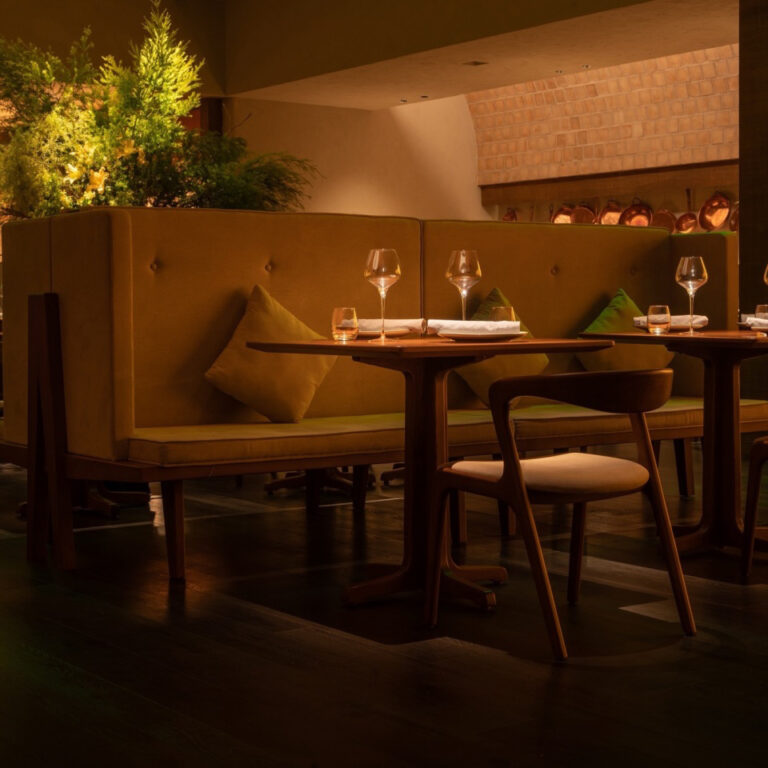The dining area is the hub of every restaurant. It should be perfectly designed. Lighting, background noise, and window sightlines are all factors to consider while designing a restaurant’s dining area. The choice of furniture is also crucial. The furniture needs to be capable of handling the wear and tear of a busy restaurant while appearing exquisite and fitting in with the rest of the decor. The design of a restaurant’s dining area should also allow for some degree of adaptability so you may quickly set up for both large and small gatherings.
In this article, we will consider the tips to selecting the right restaurant furniture for your business. We will also consider some tips for spacing your restaurant furniture. Follow closely.
TIPS TO SELECTING YOUR RESTAURANT FURNITURE
Pick Sturdy Pieces of Furniture
Preferably, buy furniture that only requires a little elbow grease to maintain. Avoid furniture with elaborately carved and recessed styles. It will be more of a chore to keep them clean and clear of crumbs. If your restaurant is not spacious, you can consider a booth over a table-for-two in your restaurant. This is because you can build rows of booths to increase your restaurant’s capacity.
Note that you should coat the chairs and booths (with fabric seats) with a stain resister before purchase. Consider including the cost of a professional cleaning service once or twice a year in your annual budget. You can also consider buying Stalls. Just like restaurant chairs, Stalls can be found in a rainbow of colors, sizes, and designs. The flexibility of their design makes them adaptable to many decor styles.
Choose furniture that meets your restaurant’s concept
Your restaurant will undoubtedly have a unified style made to fascinate the diner; from the time they walk through the door to the moment they swallow the last of their meal. For this reason, every piece of furniture you acquire must adhere to your restaurant’s concept.
For instance, you wouldn’t see Queen Anne dining chairs in a hip sushi joint. You shouldn’t pick colors and materials that clash with the rest of the room, either. For example, if the space is highly industrial, with plenty of exposed metal and brick, you probably should leave the
comfortable fabric chairs and pastel walls there. Selecting chairs that are in tune with one another will usually result in a more tranquil and well-balanced ambiance for your visitors.
Consider the capacity of your restaurant
What is the capacity of your restaurant, and will the restaurant be used for only serving meals? If you will be using the restaurant for a bar or as a lounge area, then you will need more than just tables. This will ultimately reduce the total number of tables you need.
If you want to maximize seating capacity, selecting chairs without arms will allow you to pack them closer. For example, you can consider the The Standard Chair. This chair was modeled after a design by Jean Prouve; it features a wooden seat and back supported by a steel frame.
Sit In
Sitting in all the chairs in your restaurant before the opening hours is one way to find potential issues with the furniture. Check out the scenery from every angle. Some of the rooms may have a glimpse into the kitchen, while others are near the entryway and are constantly cold. If you try out each chair ahead, you may make adjustments before any complaints come in.
TIPS FOR SPACING YOUR RESTAURANT FURNITURE
Maintain a Safe Distance Between Tables
Be wary of cramming too many dining room tables into a small space. You may have a preconceived notion of how many tables you can have in your restaurant based only on the floor plan. However, a plan’s viability in practice may vary from its appearance on paper. Even though more available seating will allow you to serve more clients (and make more money), the comfort of your patrons is paramount.
Have A Portable Waiting Area
Instead of shifting a table to a less attractive location in your dining room, move your portable wait station there.
Divide Your Space With Some Room Dividers.
Half-wall dividers on casters are a simple way to add privacy to a large, open dining room. You can rearrange them to make private booths for two or public galleries for a crowd.
Choose the Right Window Blinds
Shades should be installed if the summer sun is making your restaurant’s dining area too hot or otherwise uncomfortable for patrons. Try to find window coverings that can be opened and closed with minimal effort.
Conclusion
The furnishings and atmosphere of a restaurant are just as crucial to a good dining experience as the food quality and the staff’s efficiency. The furniture of a restaurant significantly impact the overall ambiance and quality of the customers’ experience; and that is pretty much why you should invest in a worthwhile restaurant furniture for your business.





